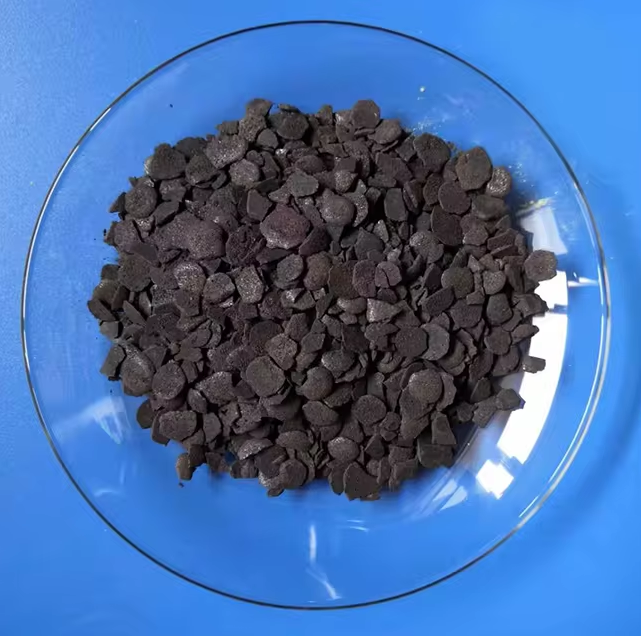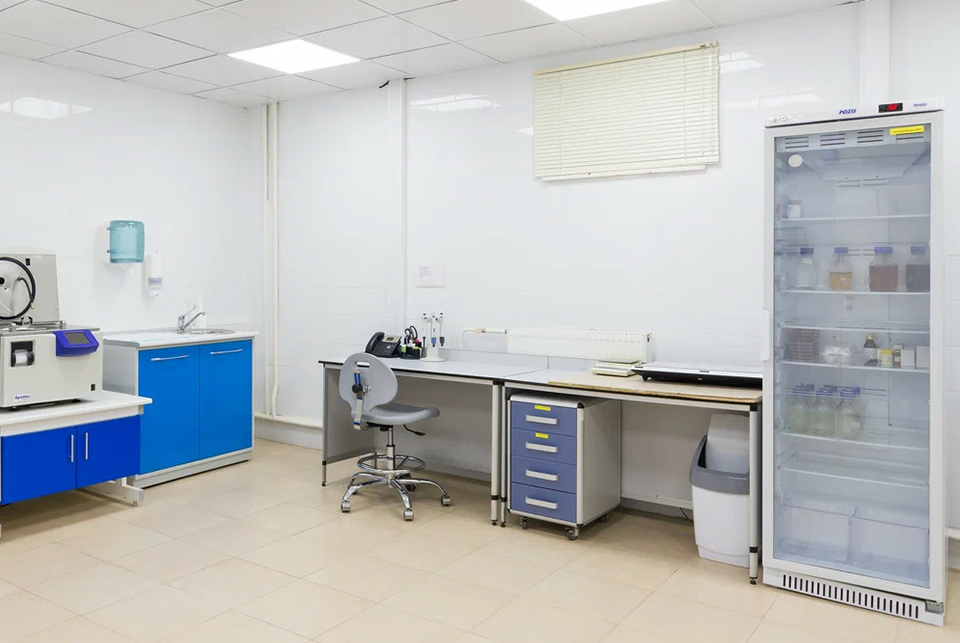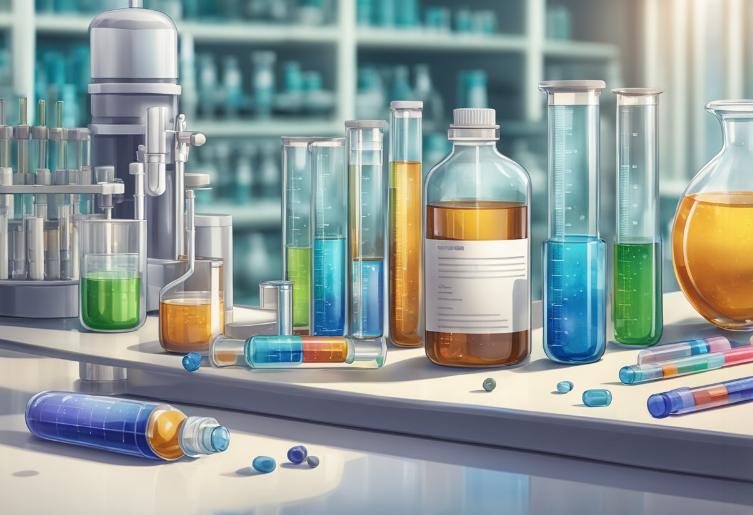Rubber Antioxidant DTPD(3100): Hidden Hero in Rubber Durability
23/09/2024
Picture yourself cruising down a busy highway on an unbearably hot summer day. Your tires, crucial to the safety and performance of your vehicle, are under constant stress—coping with extreme heat, immense pressure from the road, and continuous exposure to harmful ozone in the atmosphere. The question arises: what prevents these tires from wearing out quickly and ensures their long-lasting reliability? The answer lies in the remarkable properties of antioxidants, particularly Rubber Antioxidant DTPD(3100). This additive plays a vital role in protecting rubber from environmental damage, extending its lifespan, and maintaining its strength and flexibility. But what makes DTPD(3100) so essential, and why is it indispensable for the rubber industry’s success?
What is Rubber Antioxidant DTPD(3100)?
Rubber Antioxidant DTPD(3100), chemically known as N-phenyl-N’-isopropyl-p-phenylenediamine, is a versatile and highly effective antioxidant extensively used in the production of rubber products. Its primary function is to shield rubber from oxidative damage caused by environmental factors such as heat, ozone, and ultraviolet light.

Without antioxidants like DTPD (3100), rubber would degrade rapidly, losing its flexibility, strength, and durability. The incorporation of Rubber Antioxidant DTPD(3100) into rubber production enhances the material’s lifespan, particularly in applications that demand resilience and longevity.
This additive functions by decelerating the oxidation process, a natural degradation that occurs when rubber is exposed to oxygen. By neutralizing harmful free radicals, DTPD (3100) helps preserve the rubber’s structure, even under harsh environmental conditions.
Key Benefits of DTPD (3100)
Exceptional Resistance to Ozone and Heat Degradation
One of the standout attributes of DTPD (3100) is its remarkable ability to resist both ozone-induced cracking and degradation from heat. Ozone present in the atmosphere poses a significant threat to rubber, often causing cracks and weakening its structure over time. However, Rubber Antioxidant DTPD(3100) serves as a powerful shield, significantly reducing these damaging effects and helping rubber maintain its elasticity and structural integrity. Additionally, when exposed to elevated temperatures, rubber typically undergoes accelerated aging, becoming brittle and susceptible to failure. By incorporating DTPD (3100) into the manufacturing process, rubber gains a heightened level of resistance to heat-related deterioration, allowing it to retain both flexibility and durability across longer periods, even in harsh environments.
Enhanced Resistance to Flex Fatigue
Rubber materials, particularly those used in tires and conveyor belts, face constant flexing, bending, and stretching throughout their operational lifespan. This continuous motion, over time, leads to material fatigue, significantly reducing the rubber’s ability to perform efficiently. DTPD (3100), however, enhances the material’s flex fatigue resistance, enabling rubber to endure repeated cycles of compression and tension without suffering premature degradation. This enhancement is critical for products like tires, where continuous movement and stress require the rubber to maintain both its structural integrity and performance capabilities under constant load.
Extended Lifespan of Rubber Products
The combination of ozone resistance, heat stability, and improved flex fatigue resistance makes DTPD (3100) indispensable for increasing the longevity of rubber products. Whether employed in industries such as automotive, aerospace, or heavy machinery, rubber enhanced with Rubber Antioxidant DTPD(3100) exhibits superior durability, resulting in fewer replacements and lower overall maintenance expenses. This longevity not only delivers high-quality, long-lasting products to consumers but also plays a significant role in environmental sustainability by reducing material waste and promoting a more efficient use of resources.

Applications in the Rubber Industry
Tires: From Trucks to Aircraft
One of the most important applications of Rubber Antioxidant DTPD(3100) is in tire manufacturing. Tires for trucks, aircraft, and industrial vehicles are constantly subjected to extreme conditions, such as high temperatures, heavy loads, and rough terrains. With DTPD (3100), these tires gain increased resistance to cracking, ensuring they remain structurally sound and deliver long-lasting performance.
Aircraft tires, in particular, face extreme stress during takeoff and landing. DTPD (3100) helps these tires endure rapid temperature changes and high pressure, contributing to safer and more reliable aviation performance.
Conveyor Belts and Industrial Rubber Goods
In industries like mining and manufacturing, conveyor belts are essential tools that endure constant movement, pressure, and friction, making them prone to wear and tear. The incorporation of DTPD (3100) in their production enhances resistance to cracking, abrasion, and aging, ultimately improving operational efficiency and reducing downtime.
Other industrial rubber products, such as hoses, seals, and gaskets, also benefit from the protective qualities of DTPD (3100), especially in high-temperature or ozone-rich environments.
Automotive Components and Beyond
Beyond tires, the automotive industry depends on DTPD (3100) for a range of rubber components, such as engine mounts, bushings, and weatherstripping. These parts are crucial for vehicle performance and safety, and DTPD (3100) ensures that they remain flexible, durable, and resistant to environmental damage over time.
Mechanism of Action: How DTPD (3100) Works
Oxidation Prevention
On a molecular level, DTPD (3100) interrupts the oxidation process, the primary cause of rubber degradation. When exposed to oxygen, rubber undergoes an oxidative chain reaction, producing free radicals that destabilize its structure, leading to brittleness and cracking. Rubber Antioxidant DTPD(3100) effectively neutralizes these free radicals, preserving the rubber’s integrity by preventing further oxidative damage.

Free Radical Scavenging
The antioxidant power of DTPD (3100) lies in its ability to scavenge harmful free radicals. By eliminating these destructive molecules, it prevents oxidative chain reactions that would otherwise accelerate the degradation of rubber. This scavenging effect is particularly beneficial in environments with high ozone levels or UV radiation.
Synergistic Effects with Other Antioxidants
When combined with other additives, DTPD (3100) further enhances the protective properties of rubber compounds. It works synergistically with other antioxidants, stabilizers, and vulcanization agents to create rubber that is highly resistant to wear, weathering, and environmental stress.
Compatibility with Other Additives
Working with Accelerators and Sulfur
Rubber Antioxidant DTPD(3100) is often used alongside accelerators and sulfur in the vulcanization process, which is essential for creating strong and durable rubber. Its compatibility with these additives ensures that rubber retains its desired properties, such as elasticity, hardness, and tensile strength, even after prolonged exposure to challenging conditions.
Enhancing Rubber Stability
By acting as a stabilizer, DTPD (3100) enhances both the chemical and physical stability of rubber products. This makes it possible for manufacturers to produce high-performance rubber materials that can better resist temperature fluctuations, pressure, and environmental exposure.
Tailoring Solutions for Specific Applications
Depending on specific application needs, manufacturers can fine-tune the ratio of DTPD (3100) and other additives to achieve optimal performance. Whether producing flexible seals or more rigid automotive components, DTPD (3100) provides the versatility necessary to meet various industry demands.
Environmental and Safety Considerations
Safe Handling Practices
While DTPD (3100) offers significant advantages, proper safety measures should be observed during its handling. As with many industrial chemicals, careful storage, transportation, and use are essential to minimizing risks. Workers should wear appropriate protective gear to avoid skin contact and inhalation.

Environmental Impact and Sustainability
As environmental regulations continue to tighten, the long-term ecological impact of rubber antioxidants like Rubber Antioxidant DTPD(3100) is under increasing scrutiny. Research is ongoing to evaluate its potential environmental effects, and manufacturers are encouraged to use it responsibly. Sustainability efforts are advancing, with the goal of developing formulations that maintain DTPD (3100)’s protective properties while reducing their ecological footprint.
Conclusion: The Vital Role of DTPD (3100) in Rubber Manufacturing
In an industry where durability and performance are paramount, Rubber Antioxidant DTPD (3100) stands out as a key component in ensuring rubber products withstand the test of time. From tires and conveyor belts to automotive parts, DTPD (3100) safeguards against ozone, heat, and oxidative degradation, allowing manufacturers to produce long-lasting, high-quality goods.
As innovation continues and the demand for sustainable solutions grows, suppliers like CHEMBROAD remain at the forefront, offering cutting-edge products that align with the evolving needs of the rubber industry. For manufacturers focused on improving the lifespan and reliability of their rubber products, DTPD (3100) remains an indispensable solution in achieving these goals.




